Prof. Dr. Gregor Jurak
Researcher number: 20405
SICRIS Z points: 3945
Science: Social Sciences
Area: Sport
Sub-area: Kinesiology – Pedagogical aspects (Physical education, Training, Motorical learning)
Assist. Prof. Dr. Neja Markelj
Researcher number: 25597
SICRIS Z points: 309
Science: Social Sciences
Area: Sport
Sub-area: Kinesiology – Pedagogical aspects (Physical education, Training, Motorical learning)
Assist. Prof. Dr. Shawnda Morrison
Researcher number: 33881
SICRIS Z points: 1486
Science: Medicine
Area: Cardiovascular Physiology
Assist. Prof. Dr. Jerneja Premelč
Researcher number: 56020
SICRIS Z points: 277
Science: Social Sciences
Area: Sport
Sub-area: Kinesiology – Pedagogical aspects (Physical education, Training, Motorical learning)
Maroje Sorić, MD PhD
Researcher number: 50428
SICRIS Z points: 1367
Science: Social Sciences
Area: Sport
Sub-area: Kinesiology – Medical aspects
Prof. Dr. Gregor Starc
Researcher number: 22384
SICRIS Z points: 3720
Science: Social Sciences
Area: Sport
Sub-area: Kinesiology – Pedagogical aspects (Physical education, Training, Motorical learning)
Assist. Prof. Dr. Marina Trkman
Researcher number: 30919
SICRIS Z points: 789
Science: Social Sciences, Technologies
Area: Computer and Informatio Science
Sub-area: Information Systems - Programming
Keywords: E-Health, Theories of Technology Adoption, Factors Influencing Technology Adoption
Research areas:
Comparison of somatic development of contemporary generations to previous generations of children and youth in the last 50 years and to somatic development of their parents (ACD.Si study)
- assessment of height, weight, BMI, different circumferences, skinfolds and widths, physical maturation, body composition in contemporary generations;
- assessment of secular trends in somatic dimensions, nutritional status, biological maturation, body size and body shape over the past 50 years;
- comparison of childhood somatic development of parents to somatic development of their children;
- assessment of somatic development and maturation by combining the ACDSi data with SLOfit cohort data;
- comparison of childhood somatic development curves of parents and their children by using cohort SLOfit data.
Comparison of physical fitness (PF) of contemporary generations to previous generations of children and youth in the last 50 years and to PF development of their parents (ACD.Si study)
- assessment of cardio-respiratory, muscular and neuro-muscular components of PF in contemporary generations;
- assessment of secular changes in physical fitness in the last 50 years,
- comparison of childhood PF of parents to PF of their children.
- assessment of PF development curves of contemporary children by combining the ACDSi data with SLOfit cohort data;
- comparison of childhood PF development curves of parents and their children by using cohort SLOfit data.
Comparison of the level and patterns of PA and sedentary behaviour of contemporary generations to previous generations of children and youth in the last 10 years (ACD.Si study)
- assessment of physical activity level of contemporary generations and comparison to previous generations;
- assessment of sedentary behaviours of contemporary generations and comparison to previous generations;
- assessment of family physical activity patterns;
- assessment of participation of contemporary generations in organised sport practice (frequency, organisational form, sport disciplines) and comparison to previous generations;
- assessment of active commuting to and from school of contemporary generations;
- assessment of characteristics of sleep in contemporary generations and comparison to previous generations;
- assessment of screen time in contemporary generations and comparison to previous generations.
Development of predictive model of physical fitness based on determinants of physical activity (ACD.Si study)
- to determine the relations between social environment, PA, PF and somatic development of children and youth;
- to determine the relations between PA, PF and somatic development with health and wellbeing of children and youth;
- to determine the relations between PA, PF and somatic development of youth and their biological parents;
- assessment of self-image of contemporary generations;
- assessment of motivation for physical activity of contemporary generations;
- assessment of relation of motivation and self-image with PA, PF and somatic development;
- assessment of socioeconomic environment of contemporary generations; assessment of parental support of physical activity;
- development of predictive models.
Artificial intelligence-based prediction model of NCD in childhood (SmartCHANGE)
- Build accurate models for predicting the risk of lifetime NCD (focusing on cardiovascular and metabolic disease) for children and youth. Improved accuracy compared to conventional models is expected to arise from advanced machine learning methods being able to utilise heterogeneous datasets and be fed with diverse variables (behaviour, fitness, NCD biomarkers …). The models should also be able to say "I do not know" when their predictions are too uncertain.
Development of more accurate models for predicting adult physical fitness in adolescents that will consider their differing tempo of maturation and its accompanying effects on physical fitness (SLOfit curves)
- to characterise, using fine grained data, when and to what extent measurable breakdowns in physical fitness occur as children mature;
- to characterise, using fine grained data, when and to what extent cognitive development is associated with rates of overall maturation and investigate possible moderation effect of this development on 24-HMB and fitness level;
- to characterise, using fine grained data, when and to what extent maturation tempo is related to changes in 24HMB across the whole adolescent period;
- to improve the accuracy of prediction models by account for biological age and causal relationships among growth patterns, physical fitness, 24-hour movement patterns, and cognitive abilities.
The evaluation of AI-based risk stratification in clinical NCD risk management in adolescents (SmartCHANGE)
- to test the efficacy of an AI-driven, E-health tool focused at NCD risk prediction on fitness and behaviour change in clinical settings
- to test the feasibility of an AI-driven, E-health tool focused at NCD risk prediction on fitness and behaviour change in clinical settings
- to test the usabilty of an AI-driven, E-health tool focused at NCD risk prediction on fitness and behaviour change in clinical settings
Wearable physical activity trackers in assessing 24HMB in free-living settings (SMARTWATCH)
- To test agreement of wearable physical activity trackers in assessing 24HMB in free-living settings
- To test repeatability of wearable physical activity trackers in assessing 24HMB in free-living settings
Influence of physical fitness on biological age (PerMedZaSe)
- To work in interdisciplinary team researching possible methods of biological age and determine which method should be used to identify biological age for the purposes of this study
- To research how fitness affects biological aging
- To investigate how fitness could affect omics
Causality between physical fitness in childhood with NCD risk in adulthood (The way to adulthood)
- To collect and merge longitudinal fitness and behaviour data from childhood to adulthood
- To collect NCD risk data in adulthood
- To analyse causality between physical fitness in childhood, lifestyle in different periods of adulthood, fitness in adulthood and NCD risk in adulthood
- To build prediction models based on such causality
Active Healthy Kids Slovenia- Global Matrix 5.0 (AHKGA GM5.0)
- To collect and synthesise national and regional physical activity data for children and adolescents regarding 10 key indicators
- To review data regarding adapted physical activity possibilities for children and youth, comparing these opportunities with able-bodied children nationwide
- To assist with creating and disseminating project outcomes and place results in context regarding national secular trends and international comparisons
Researcher number: 33881
Science: Medicine
Area: Cardiovascular physiology
Presentation of research area:
Dr. Shawnda Morrison (PhD, CSEP-CEP) is a clinical exercise physiologist specialising in extreme environments. Her research interests include thermoregulation, countermeasures to exertional heat strain and paediatric exercise science. She received a Postdoctoral Fellowship from the Canadian Space Agency at the University of Waterloo to lead a series of bedrest studies on location in Toulouse, France, and later, with the European Space Agency at Jozef Stefan Institute in Planica, Slovenia which investigated the deleterious effects of physical inactivity and confinement. Dr. Morrison is Principal Investigator or member representative for the Republic of Slovenia on several international initiatives aimed to get kids moving, including: WHO-HEPA Europe, Outdoor Play Canada, the FitBack Network, SLOfit, and the Global Youth Fitness Forum. She is Founder of Active Healthy Kids Slovenia, and Executive Board member of the Active Healthy Kids Global Alliance, a non-profit organisation comprising over 700 child physical activity experts, working to achieve its vision of a world of active, healthy kids. Dr. Morrison has ongoing international collaborations regarding environmental impacts of heat on children and is interested in mentoring students with an interest in thermoregulation, exercise physiology, sleep and high-performance sport athletes.
Researcher number: 38248
Science: Social Sciences
Area: Sport
Sub-area: Kinesiology - Medical aspects (Orthopedics, Physiatrics etc.)
Presentation of research area:
The broader field of research is focused on the fundamental understanding of neuromuscular function and the transfer of this knowledge into practice through the optimization of diagnostic protocols, training processes, and rehabilitation of athletes and other patients with various musculoskeletal impairments. The potential doctoral candidate will have the opportunity to participate in the following areas:
a) Validation of new diagnostic methods and test batteries for monitoring neuromuscular function with the aim of optimizing the training process and/or safe return to sports after injury;
b) Identification of talent in sports;
c) Researching new training methods to improve neuromuscular function and structure;
d) Investigating the mechanisms of different responses to physical exercise and the question of whether people who do not respond to any form of physical exercise truly exist;
e) Exploring the applicability of cognitive training methods, such as motor imagery, in healthy or symptomatic individuals.
Researcher number: 56020
Science: Social Sciences
Area: Sport
Sub-area: Kinesiology - Medical Aspects (Research area 1), Kinesiology - Pedagogical Aspects (Research area 2 & 3)
Research area 1:
Title: The Impact of Dance Therapy on Improving Physical Performance and Quality of Life in People with Parkinson's Disease
Parkinson's Disease (PD) is a chronic, progressive, and multisystem neurodegenerative disorder that affects 1% of the population over 60 years of age. Globally, approximately 6.1 million people suffer from this disease. PD is a result of genetic causes in 3-5% of cases and manifests with functional impairment and worsened quality of life. It affects the deterioration of motor and cognitive abilities, the occurrence of depression, emotional problems, and the inability to live independently. Dance is one of the rare activities that simultaneously influences motor and cognitive abilities as well as the social and emotional components.
The aim of the doctoral dissertation will be to investigate the improvement of motor abilities and quality of life in people with PD after a dance therapy intervention lasting from 3 to 6 months. The sample will include patients with different stages of PD. Selected tests will assess the impact on chosen motor abilities, and a questionnaire will evaluate the influence on the quality of life in people with PD. The findings will indicate whether dance therapy has an impact on improving the examined parameters and, if so, to what extent it needs to be implemented to bring about potential changes and what influence it has on people with different stages of PD.
Research area 2:
Title: Performance analysis in Sports Dance
Performance analysis (PA) is a key element for the success of any athlete, which is why various technological solutions are used in many sports disciplines to examine athletes' performances. In dance, the use of technology for the purpose of analyzing a dancer's performance is still more the exception than the rule. PA in dance has mainly aimed to understand the physiological, biomechanical, and choreographic requirements in dance. In recent years, some studies have also focused on examining movement and choreographic characteristics in dance. The results of such research have proven to be a significant contribution to determining differences between more and less successful dancers.
The aim of the doctoral dissertation will be to analyze the performance of dancers in a selected dance genre. It will involve the development of a model for PA, such as monitoring the dancer's movement, spatial control, jump height, synchronity of dancers' in formations, choreographic characteristics, etc. Based on the model, a larger sample of dancers in the chosen dance genre would be analyzed. The research will examine the physical demands on dancers, which parameters influence dancers' success, and the differences between more and less successful dancers. The results of the analysis could be helpful in the training process, choreography development, and providing feedback to the dancers.
Research area 3:
Title: Reliability and validity of Judging Systems in Dance
In conventional aesthetic sports, judges have a significant influence on the rules and scoring, and consequently on the final results of the athletes, which. Therfore research on judging is quite common. Evaluating the performance of dancers in competitions relies on subjective judging. In recent decades, judging systems in most dance genres have been evolving and upgrading. Several evaluation criteria have been defined, which are scored and include a scoring scale. However, most judging systems in dance are still flawed, insufficiently defined, and consequently less reliable. In recent years, research has been conducted on the reliability and validity in some dance genres, based on which the judging systems have been further upgraded and, in some cases, changed. However, the majority of judging systems in dance have not yet been studied.
The aim of the doctoral dissertation will be to examine the reliability and validity of the judging system in a selected dance genre, determining in which criteria better and worse reliability is shown and the influence of the number of judges on the reliability of scoring. The sample will consist of multiple judges and dance performances that the judges will evaluate. Based on the results, the strengths and weaknesses of the judging will be evident, and proposals for changes to the judging systems can be formulated.
Researcher number: 50745
Science: Social Sciences
Area: Sport
Sub-area: Kinesiology - Pedagogical aspects (Physical education, Training, Motorical learning), Kinesiology - Medical aspects (Orthopedics, Physiatrics, etc.)
Research areas:
The research work focuses on the fields of combat sports and martial arts, sports training, strength and conditioning, analysis of military and police populations, isokinetics, football, the use and validation of advanced technologies, examination of morphological/functional asymmetries, and sports injuries with secondary rehabilitation. Combat sports are among the most successful sports in Slovenia, yet they remain significantly under-researched, which opens opportunities for further professional development and scientific support. If you are interested in the above-mentioned areas, research cooperation with Dr. Šimenko would be possible, but not limited to the research topics presented below:
Topic 1: Analyzing morphological status, fundamental motor, and sport-specific abilities and their impact/relationship with athletes' competitive performance through the analysis and application of measurement protocols and technologies. Developing models/batteries for measuring the bio-psycho-social status of athletes for monitoring and controlling athletes in combat sports and martial arts.
Topic 2: Analysis of competitive efficiency in judo through match and performance indicator analysis, and detailed evaluation of judo's temporal, spatial, and movement (technical-tactical) characteristics in relation to age categories, gender, and weight classes.
Topic 3: Analysis of hydration issues, rapid weight loss (RWL), and rapid weight gain (RWG) in combat sports, emphasizing young athletes. The research aims to determine the current practices/status/awareness/knowledge of (young) athletes and their coaches in Slovenia in order to develop applicable methods for status analysis, guidelines/procedures, and education to prevent adverse effects of RWL and RWG on the physical and competitive development of athletes in combat sports.
Topic 4: Analysis of specific loads on the musculoskeletal system of athletes, detection of potential morphological and functional asymmetries, and their correlation with sports performance and injury incidence.
Topic 5: Analysis of morphological characteristics, movement patterns, and specific physical demands and requirements for optimal operational performance of military and/or police personnel.
Researcher number: 54265
Science: Social Sciences
Area: Sport/Sociology
Sub-area: Sports Sociology
Research areas:
The sociology of sport is a subfield of sociology that promotes critical thinking about sport and focuses on the study of this social phenomenon in its interconnectedness with broader social, political-economic and cultural processes. I invite potential PhD students who are interested in conducting research in this area, with a particular focus on the role of the media and various aspects related to media content about sport. The study of sports media offers diverse insights into the processes of media production, the meanings and implications of media content, its reception by audiences and its placement in broader social, cultural, political and economic contexts. Potential research topics include the representation of (para)athletes in the media, the role of sport and media content in shaping national, racial and gender identities, the challenges of sports journalism and different aspects of media production, understanding the consumption of sports media content, etc. I look forward to supervising a student who is interested in critically engaging with these topics and contributing to the further development of this field.
Researcher number: 51914
Science: Social Sciences, Medicine
Area: Sport, Cardiovascular physiology
Sub-area: Kinesiology - Medical aspects (Orthopedics, Physiatrics etc.)
Main research area:
Cardiac rehabilitation presents a key secondary prevention intervention of cardiovascular disease patients (patients with coronary artery disease, heart failure, peripheral artery disease, etc.), whereas physical activity and physical activity counselling have important role. I conduct research on safety and efficacy of innovative exercise training interventions and research on exercise intolerance in patients with cardiovascular diseases and how to improve their levels of physical activity.
Other research fields:
Exercise training and (in)tolerance and physiological responses to peripheral (blood flow restriction exercise) or systemic hypoxia in patients with chronic disease or following musculoskeletal injuries
Sports successfulness and performance in basketball and handball
Epidemiology of physical (in)activity in patients with chronic diseases
Epidemiology of sports injuries
Kinesiotherapeutic interventions following acute muscle injuries
Research topic 1:
Physical activity in cardiac rehabilitation (CR) consists of aerobic training (AT) and resistance training, although there the prescription of both training modalities is still very poor for optimal improvement of physical performance in patients with cardiovascular disease in ambulatory CR. The prescription of AT intensity is based on % of maximal heart rate, power output or maximal aerobic capacity, which often does not display true physical abilities of the patients. AT based on ventilatory thresholds could provide more reliable exercise prescription tool, although it effects remain unknown in CR patients. In addition, the effect of high intensity interval AT remains unknown in female and elderly patients (>65 years) with cardiovascular diseases. The aim of this topic will be to perform a randomised, controlled clinical study, which will compare AT based on ventilatory threshold or high intensity interval AT with standard AT based on current guidelines from the European Association of Preventive Cardiology (50-80% of maximal effort) in cardiovascular disease patients.
Research topic 2:
Physical activity in cardiac rehabilitation (CR) consists of aerobic training (AT) and resistance training (RT), whereas RT remains underused in cardiovascular disease patients enrolled in ambulatory CR. In clinical practice and most published studies, only low-to-moderate load RT was used (LL-RT; 30-60% maximal strength), which may present suboptimal stimulus for muscle hypertrophy and strength. The effects of high load (HL-) RT (>70% of maximal strength) were examined only in mostly adult men with cardiovascular diseases, while such effects would be beneficial also for elderly and/or female patients with coronary artery disease or heart failure, whereas there is a very high prevalence of sarcopenia and frailty. The aim of this topic will be to perform a randomised, controlled clinical study, which will compare the effects of combined HL-RT with AT to combined LL-RT with AT or AT alone in elderly or female patients with coronary artery disease.
Research topic 3:
Coronary disease and heart failure patients are mostly physically inactive, which has negative effects on treatment prognosis or heart event recurrence. Data on objectively measured physical activity and effects of different multidisciplinary approaches for increasing moderate-to-vigorous intensity physical activity and decreasing sedentary behaviour is lacking. Exercise training and physical activity counselling have shown limited benefits on improvement of physical activity of cardiovascular disease patients, thus, the aim of this topic will be to apply the combination of exercise training, physical counselling, e-nudging and behavioural change counselling on physical activity in patients with coronary disease enrolled in ambulatory cardiac rehabilitation.
Researcher number: 16121
Science: Social Sciences
Area: Education
Sub-area: Psychology (Developmental Psychology, Sports Psychology)
Research areas:
The potential PhD student will research in the field of developmental sport psychology. The aims of the research, which we conduct with international partners, relate to the various psychological and developmental factors that influence athletes, their coaches and parents, from entry into competitive sport until the end of their competitive sports careers and adaptation to the post-sport life.
Recent research is focused on the following areas: Area 1: Eating disorders in sport Area 2: Mental health of athletes at different stages of their careers Area 3: Development of sport careers, with a focus on the transition periods between career stages and the process of adjustment Area 4: Psychological aspects of healthy (or unhealthy) lifestyles in the general population, with an emphasis on the developmental perspective.
Researcher number: 28474
Science: Social Sciences
Area: Sport
Research areas:
Doctoral student will be engaged in research in the field of environmental sports physiology and ergonomics. The aim of the research, conducted in collaboration with domestic (IJS) and foreign partners (University of Lausanne, University of Lyon), is to uncover new insights into individuals' adaptation to various environmental conditions (hypoxia/altitude/heat) and their application for training purposes in athletes, preventive purposes in working populations, and therapeutic purposes in clinical populations. Recently, most of our research attention has been devoted to studying the ability to adapt to hypoxia/altitude in "vulnerable" populations and investigating the potential cross-adaptation effect between heat and hypoxia on improving athletic performance. In the future, we aim to conduct more research in this field involving female participants, as we currently know little about potential gender differences in this area.
Researcher number: 12289
Science: Social Sciences, Education
Area: Sport
Presentation of research area:
I work in the area of "Analysis of basic movement and specific abilities and their influence on athletes' competitive performance", where the main objectives of the research are to find and verify the characteristics of measurement methods, create measurement models for different areas of the athlete's bio-psycho-social status, find relationships between potential, realization and competition dimensions, and create an organizational model for the measurement, monitoring and control of athletes. The second area is "Analyzing Athletes' Game Performance", where the research objectives are related to analyzing athletes' game characteristics during matches and training sessions, linking game indicators to performance, and a detailed analysis of the temporal, spatial, and movement (tactical-technical) characteristics of tennis play. The third area is "The influence of specific training loads on the skeletal-muscular system of athletes", where the objectives are related to the application and verification of the characteristics of different measurement methods and the analysis of the effects of unilateral loads on the skeletal-muscular system of athletes.
Researcher number: 20755
Science: Social Sciences
Area: Sport
Sub-area: Kinesiology – Biomechanical, Biometrical aspects
Presentation of research area:
Are you interested in exploring human movement and shaping the future of sports, health, and technology? Biomechanics of human movement is one of the key areas within kinesiology, combining principles of mechanics, physiology, and material science to study human motion and interactions with the environment and sports equipment.
Dr. Matej Supej, head of the Laboratory for Biomechanics at the Faculty of Sport, participates in numerous scientific and research projects both nationally and internationally. Under his mentorship, doctoral students gain access to state-of-the-art research equipment and opportunities to participate in internationally recognized research and industrial projects. Key research topics include optimizing movement and sports equipment to enhance athletic performance, injury prevention, and the development of advanced technologies for analyzing biomechanical and physiological parameters.
If you are interested in a dynamic research environment, international collaboration, and innovative technologies in biomechanics, we invite you to join us as a doctoral student!
Researcher number: 13758
Science: Social Sciences
Area: Psychology/Sport
Sub-area: Kinesiology – Pedagogical aspects (Physical education, Training, Motorical learning)
Research areas:
Sports Psychology and Table Tennis
Table tennis is a highly demanding sport that requires not only physical prowess but also a strong psychological mindset. To excel in table tennis, players must navigate various psychological demands that can significantly impact their performance. Table tennis demands exceptional concentration and focus. The game is fast-paced, with quick exchanges and rapid decision-making. Players must maintain intense concentration to track the movement of the ball, anticipate their opponent's shots, and execute precise strokes. Losing focus even for a split second can result in a missed opportunity or an error. Table tennis is a mentally challenging sport. Players must possess mental resilience to overcome setbacks and maintain their composure during matches. The pressure to perform well, the fear of making mistakes, and the presence of a strong opponent can all affect a player's confidence. Mental resilience helps players stay focused, adapt to changing circumstances, and bounce back from disappointments. Table tennis can evoke a range of emotions during a match-excitement, frustration, anger, or anxiety. Confidence plays a vital role in table tennis.
In conclusion, table tennis places significant psychological demands on players. The sport requires unwavering concentration, mental resilience, strategic thinking, emotional control, self-confidence, and adaptability.
Researcher number: 13752
Science: Social sciences
Area: Sport
Sub-area: Kinesiology
Presentation of research area:
The PhD dissertation will focus on investigating social issues in sports. Using existing knowledge from practical work with athletes during career transitions, the student will study career transitions from the perspective of dual careers. The field of "dual careers," defined as "a career focused on both sport and education or work," has gained increased attention among researchers worldwide over the past decade.
During the study programme, the student will learn to use both quantitative and qualitative methodologies. Additionally, they will have the opportunity to participate in European projects in the field of dual careers, such as those led by the mentor (FindMe, DC4Biathletes, Joy, WHPP), and identify risks associated with poorly planned transitions (e.g., transitioning from youth to senior categories or from high school to university). These risks can lead to premature termination of a sports career or mental stress when the dual career is not balanced or properly managed. Since the goal of a balanced dual career is for individuals to reach their full potential in sport while maintaining academic excellence, the research will also focus on investigating cultural differences among athletes.


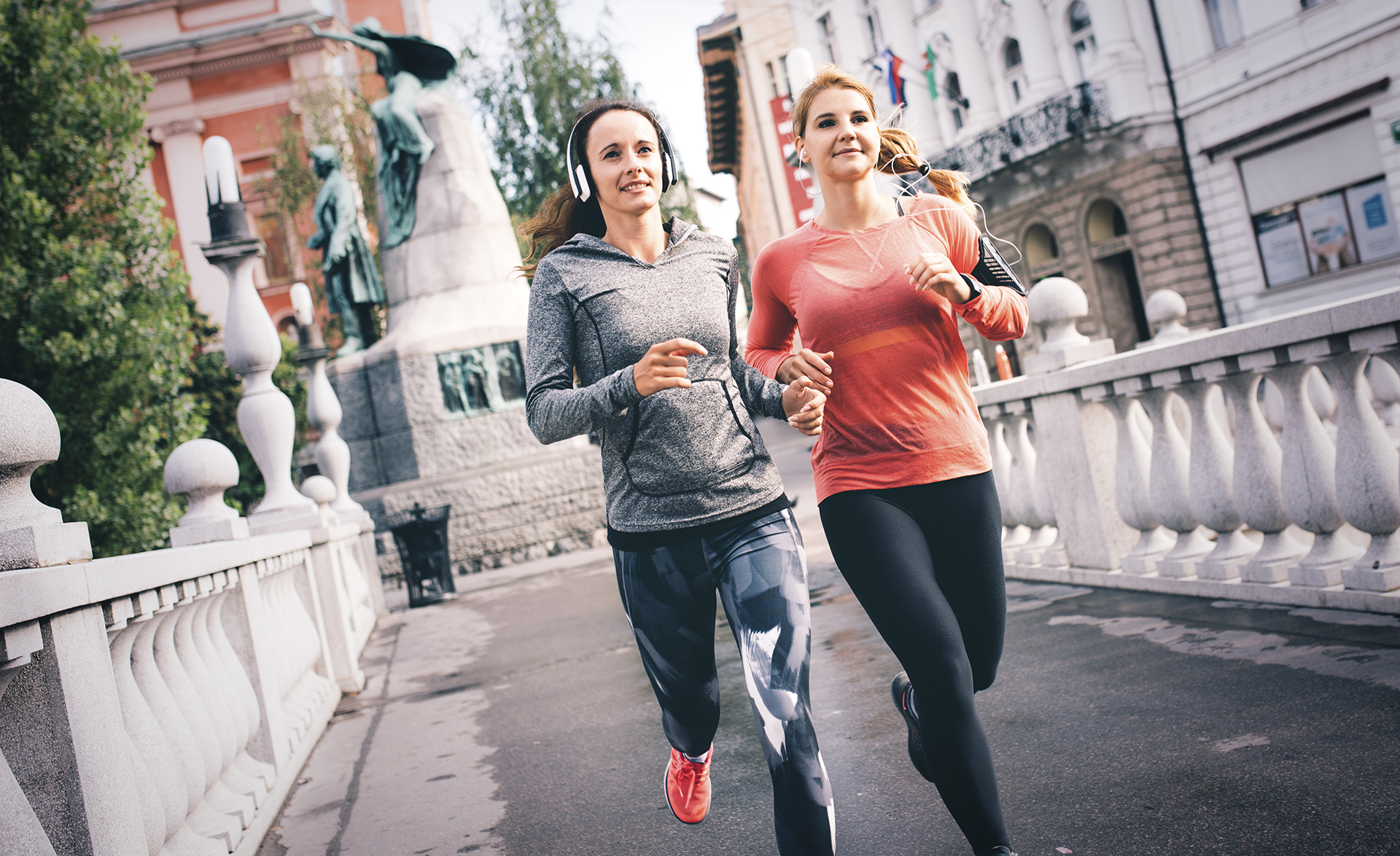
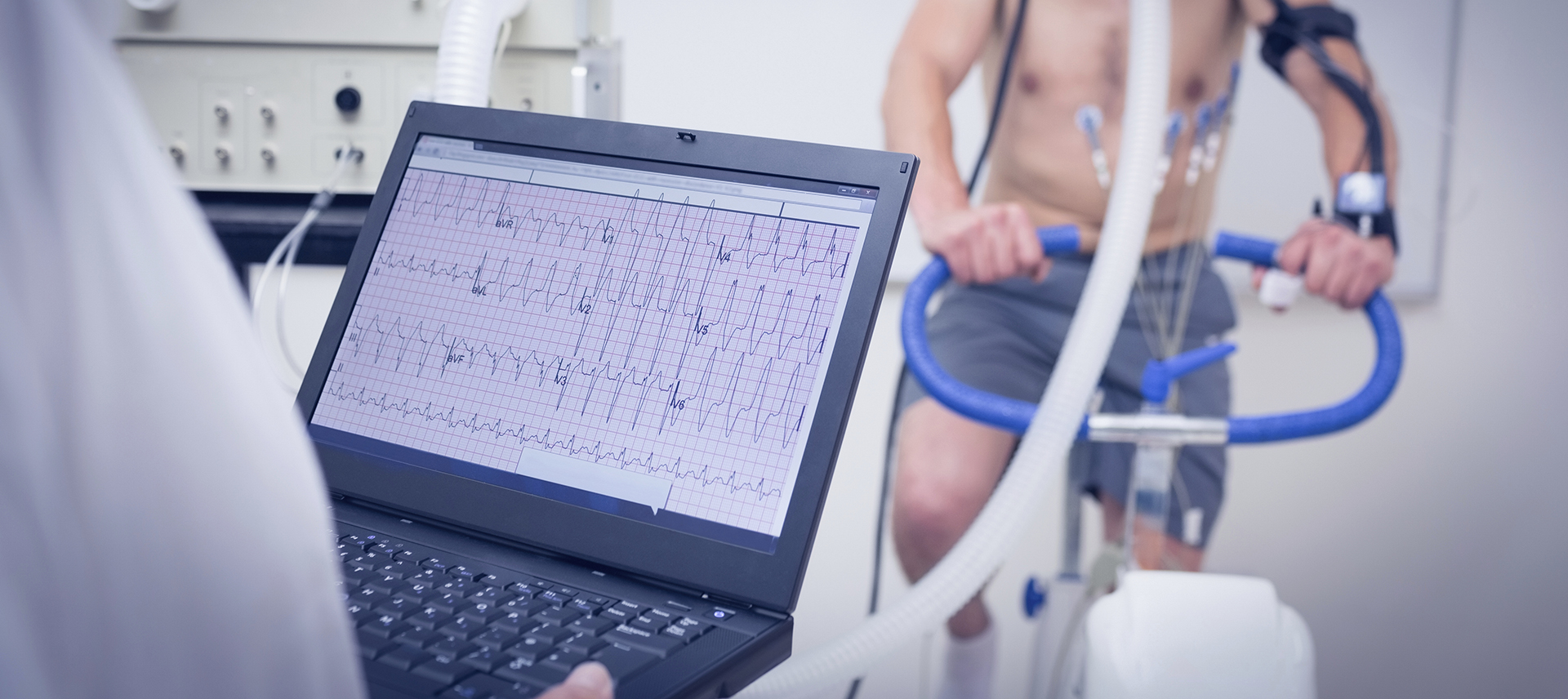



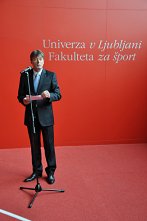





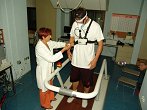

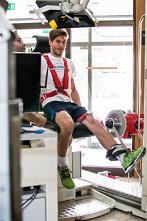







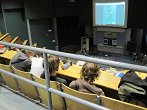

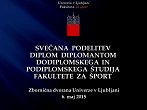
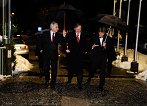


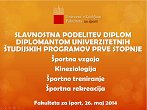




.png)